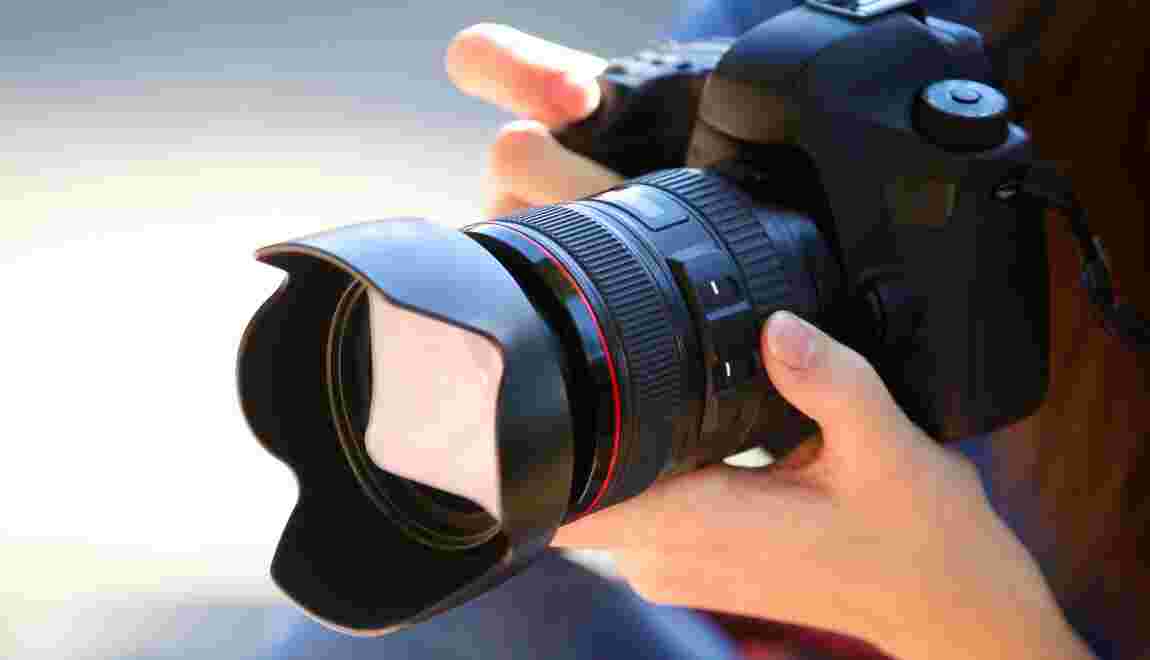Choosing a Digital Point and Shoot Camera What Matters Most
An individual digital photo may need many megabytes, however record type, retention charge and subject material all affect record size. Many digital camera models do not have almost enough integral storage, when doing a camera comparison intend on getting more. An over-all rule of thumb is to possess at the least 256-512MB of storage – more if getting high definition or plenty of photographs.

Check storage compatibility once you compare electronic cameras. Small thumb is the absolute most general and price effective. MultiMedia cards are smaller and also use different devices. Protected Electronic are MultiMedia cards having an included write-protect switch. xD Image cards are little and versatile to the majority of lightweight display applications. The others such as for example Storage Sticks, SmartMedia and MicroDrives have restricted purposes, but might be most readily useful for the camera you want.
Priced Combined Products (CCD) and Complementary Metal-Oxide Semiconductors (CMOS) are digital camera picture sensors. They may be set alongside the shutter and picture in a normal camera. Created in the middle 1970’s, the CCD is the heart on most electronic cameras. With an incredible number of light gathering cells, their image belief may be compared to the human eye. The CCD sensor’s quality causes it to be the most well-liked selection for high-end electronic cameras.
CMOS receptors were produced in 1998 with engineering similar to processor chips. Advantages are cheaper, less energy expected and multi-tasking ability. Disadvantages contain indicate sound and decision issues. While the engineering increases, CMOS devices will make digital cameras less expensive and be the best option for access level cameras.
In your comparison of best digital cameras, be aware of the move issue. Electronic focus is not much greater than a advertising gimmick. It crops the picture on the indicator, reducing overall pixels and degrading resolution. Optical move magnifies the image ahead of the indicator says it, preserving full resolution. Digital camera rankings frequently discuss other functions, but getting these right can enhance the pleasure of one’s digital camera experience for a long time to come. Find more in depth evaluations at our Digital Camera Technology page.
Searching for a brand new digital camera could be very frustrating with the countless choices available. Digital camera evaluations date=june 2011 this frustration by comparing camera characteristics and choices, then rating how each camera compares with related models. A successful contrast of most useful digital camera models requires a few things: 1) the camera’s requirements and features, and 2) efficiency ratings. Spec sheets and scores are ample, but to efficiently compare cameras it’s important setting some guidelines.
Decide on how the camera is likely to be used, the quality and measurement of ultimate designs, and necessary features. Create these down and position camera reviews and ratings against these standards. Whether looking for a professional or photo camera, scan the evaluations and thin your possibilities down to a few cameras before generally making ultimate comparisons. Re-visit the evaluations because of this short number and evaluate the camera reviews in more range for these criteria:
Modest design differences can become significant in daily meilleurs appareil photo use. Carefully assess how each camera’s review is scored for design elements. Size and weight, human body configuration, plus site of keys, switches and other controls may make a camera a joy to use or a true suffering in the neck. Examine how well the camera is set together. Are accessibility doors for battery, storage, etc. stable and stable? What does the reviewer claim in regards to the shutter release, zoom and different links and calls? Just how many pictures may a fully charged battery get? May be the LCD bright and clear in both reduced light and inviting conditions? The reviewer’s evaluation of the camera’s controls is critical. May information adjustments be made for different light conditions? How about auto-focus areas and coverage modes? Are controls easy and spontaneous, or difficult possibilities?
These are one’s heart of a digital camera and establish image quality, so carefully compare how a writer rates them. Usually bigger receptors have more powerful and successful photodiodes, and will produce high quality picture images. Both CCD and CMOS alarm engineering is evolving rapidly, but with each new growth you will find often draw-backs, therefore assess carefully. Camera marketing might have us feel it’s about more megapixels. But it’s harder than that. Examine how each camera’s evaluation costs pixel quality, not only quantity. Some cameras will in truth get better images with less pixels.
